Mangifera indica (Mango)
AED750.00
Description: The mango tree is erect, 30 to 100 ft (roughly 10-30 m) high, with a broad, rounded canopy which may, with age, attain 100 to 125 ft (30-38 m) in width, or a more upright, oval, relatively slender crown. In deep soil, the taproot descends to a depth of 20 ft (6 in), the profuse, wide-spreading, feeder root system also sends down many anchor roots which penetrate for several feet. The tree is long-lived, some specimens being known to be 300 years old and still fruiting. Nearly evergreen, alternate leaves are borne mainly in rosettes at the tips of the branches and numerous twigs from which they droop like ribbons on slender petioles 1 to 4 in (2.5-10 cm) long. The new leaves, appearing periodically and irregularly on a few branches at a time, are yellowish, pink, deep-rose or wine-red, becoming dark-green and glossy above, lighter beneath. The midrib is pale and conspicuous and the many horizontal veins distinct. Full-grown leaves may be 4 to 12.5 in (10-32 cm) long and 3/4 to 2 1/8 in (2-5.4 cm) wide. Hundreds and even as many as 3,000 to 4,000 small, yellowish or reddish flowers, 25% to 98% male, the rest hermaphroditic, are borne in profuse, showy, erect, pyramidal, branched clusters 2 1/2 to 15 1/2 in (6-40 cm) high. There is great variation in the form, size, color and quality of the fruits. They may be nearly round, oval, ovoid-oblong, or somewhat kidney-shaped, often with a break at the apex, and are usually more or less lop-sided. They range from 2 1/2 to 10 in (6.25-25 cm) in length and from a few ounces to 4 to 5 lbs (1.8-2.26 kg). The skin is leathery, waxy, smooth, fairly thick, aromatic and ranges from light-or dark-green to clear yellow, yellow-orange, yellow and reddish-pink, or more or less blushed with bright-or dark-red or purple-red, with fine yellow, greenish or reddish dots, and thin or thick whitish, gray or purplish bloom, when fully ripe. Some have a turpentine odor and flavor, while others are richly and pleasantly fragrant. The flesh ranges from pale-yellow to deep-orange. It is essentially peach-like but much more fibrous (in some seedlings excessively so-actually stringy); is extremely juicy, with a flavor range from very sweet to subacid to tart. There is a single, longitudinally ribbed, pale yellowish-white, somewhat woody stone, flattened, oval or kidney-shaped, sometimes rather elongated. It may have along one side a beard of short or long fibers clinging to the flesh cavity, or it may be nearly fiberless and free. Within the stone is the starchy seed, monoembryonic (usually single-sprouting) or polyembryonic (usually producing more than one seedling).

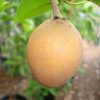



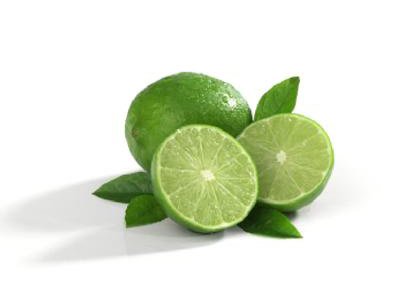

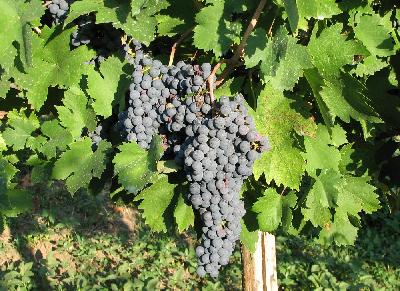




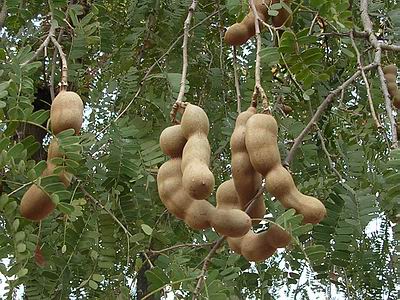
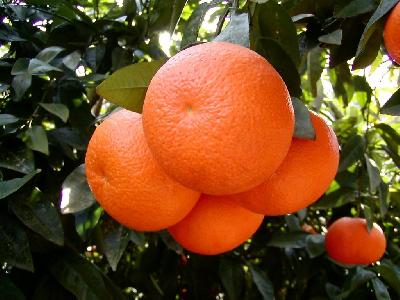









Reviews
There are no reviews yet.